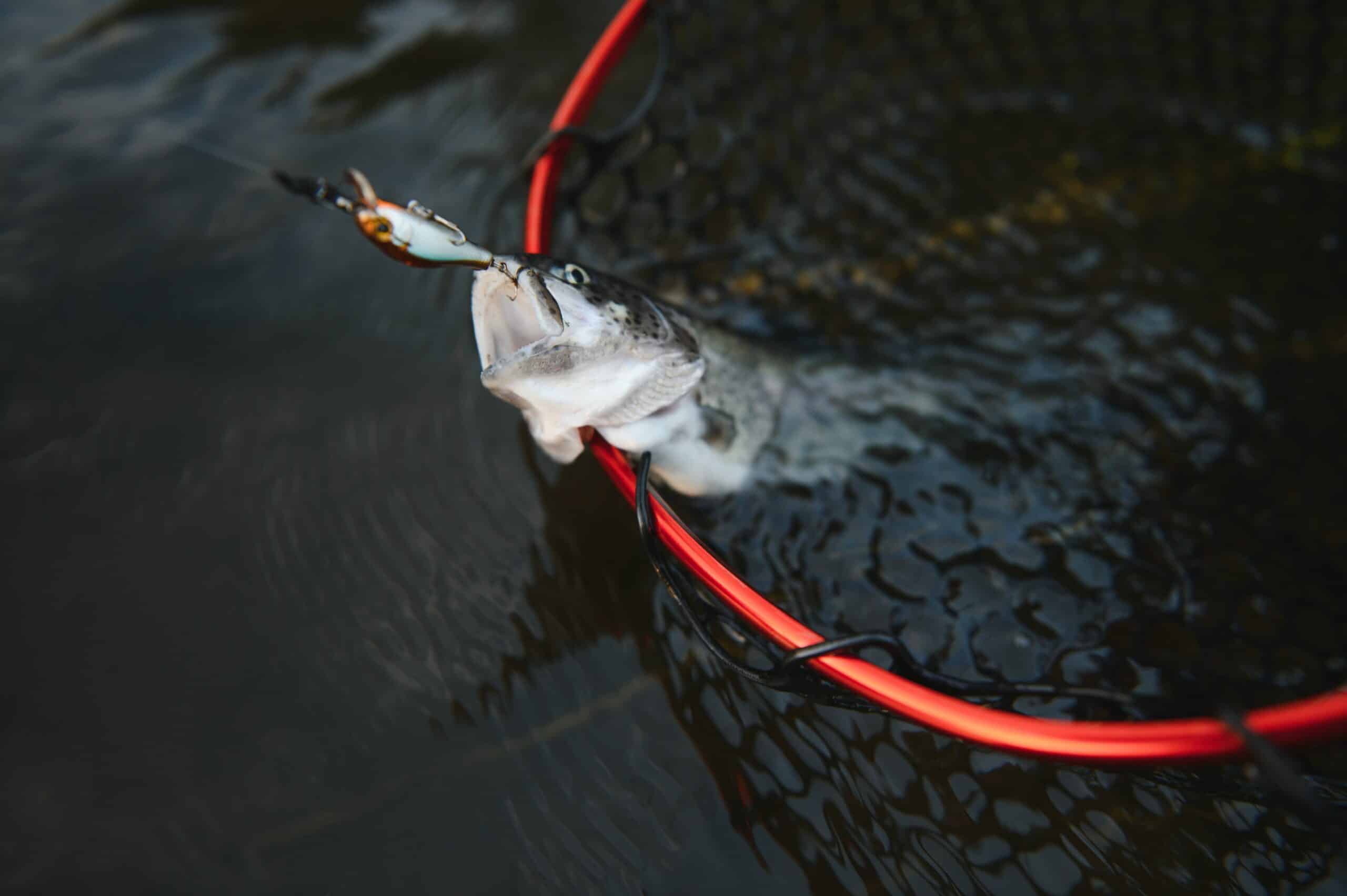Is Monofilament or Fluorocarbon Better for Bass Fishing?
Key Takeaways
- Monofilament fishing line is versatile and affordable, with good abrasion resistance and low visibility underwater.
- Fluorocarbon fishing line sinks, offers superior abrasion resistance, and has low visibility underwater. It also has less stretch than monofilament, providing better sensitivity.
- The choice between monofilament and fluorocarbon for bass fishing depends on personal preference and fishing conditions. Professional anglers often use a combination of both lines.
Bass fishing is a popular sport that requires careful consideration of various factors, including the choice of fishing line. When it comes to selecting the right line for bass fishing, anglers often find themselves debating between monofilament and fluorocarbon.
Monofilament fishing line, made from nylon, and fluorocarbon fishing line, made from polyvinylidene fluoride, both have their advantages and disadvantages. To determine which is better for bass fishing, it is essential to understand the unique characteristics and properties of each type of line.
Monofilament Fishing Line
Monofilament fishing line is a versatile and affordable option for bass fishing. It is known for its good abrasion resistance, making it suitable for fishing in areas with rocks, wood, sand, and gravel. Monofilament also offers low visibility underwater, making it less likely to spook finicky bass.
One of the key benefits of monofilament is its ability to handle treble hook baits well. The stretchiness of monofilament allows for a forgiving hookset, reducing the chances of tearing the hook out of the bass’s mouth.
However, monofilament does have some drawbacks. Its larger diameter compared to fluorocarbon can affect casting distance and sensitivity. Additionally, monofilament has a memory, meaning it can kink and coil, causing tangles and knots. The stretchiness of monofilament can also hinder long-distance hook sets, particularly when fishing in deeper waters.
Fluorocarbon Fishing Line
Fluorocarbon fishing line has gained popularity among bass anglers due to its unique properties. Unlike monofilament, fluorocarbon sinks, making it effective for weightless presentations and keeping the bait down in the water column. It also offers superior abrasion resistance, making it ideal for fishing around cover.
One of the significant advantages of fluorocarbon is its low visibility underwater. It refracts light less and has higher tensile strength at a smaller diameter compared to monofilament, making it less likely to be detected by wary bass.
Fluorocarbon line also has less stretch than monofilament, providing better sensitivity for detecting bites and feeling subtle movements. This increased sensitivity is particularly beneficial when fishing in deeper waters, where subtle hits can easily go unnoticed.
Moreover, fluorocarbon line is waterproof and maintains its performance benefits underwater. It is also resistant to UV light, making it more durable in harsh sunlight and changing temperatures.
Choosing the Right Line for Bass Fishing
Ultimately, the choice between monofilament and fluorocarbon for bass fishing depends on personal preference and fishing conditions. Both lines have their pros and cons, and anglers should consider the specific requirements of their fishing style and the environment they are fishing in.
If affordability and forgiving hooksets are essential, monofilament can be a suitable choice. It is also a good option for beginners and those fishing topwater baits. On the other hand, if invisibility, sensitivity, and durability are crucial, fluorocarbon is the way to go.
It’s worth noting that many professional bass anglers use a combination of both monofilament and fluorocarbon lines. They may use monofilament as a mainline and tie a fluorocarbon leader for added invisibility and abrasion resistance.
Conclusion
In conclusion, both monofilament and fluorocarbon lines have their advantages and disadvantages when it comes to bass fishing. Monofilament is more affordable, offers low visibility underwater, and is forgiving for hooksets. Fluorocarbon, on the other hand, provides increased sensitivity, superior abrasion resistance, and low visibility.
Ultimately, the best line for bass fishing will depend on individual angler preferences and the specific fishing conditions. It is recommended to experiment with both lines and determine which one works best for your fishing style and environment.
Related Websites:
FAQs:
Q: What is monofilament fishing line and why is it suitable for bass fishing?
Monofilament fishing line is a single-strand nylon line known for its flexibility and buoyancy. It is suitable for bass fishing because it provides good knot strength, easy handling, and is less visible in the water.
Q: What are the advantages and disadvantages of using monofilament line for bass fishing?
The advantages of using monofilament line for bass fishing are its versatility, affordability, and ability to handle various fishing conditions. However, it has low abrasion resistance and may require more frequent replacement compared to other types of fishing line.
Q: What is fluorocarbon fishing line and why is it suitable for bass fishing?
Fluorocarbon fishing line is made from a synthetic material known for its density and invisibility underwater. It is suitable for bass fishing because it is less visible to fish, has excellent knot strength, and is resistant to UV rays.
Q: What are the advantages and disadvantages of using fluorocarbon line for bass fishing?
The advantages of using fluorocarbon line for bass fishing are its high sensitivity, abrasion resistance, and durability. It is less likely to break or snap. However, fluorocarbon line can be more expensive and may require special handling techniques due to its stiffness.
Q: How do I choose the right fishing line for bass fishing?
To choose the right fishing line for bass fishing, consider your fishing techniques, personal preferences, budget constraints, and fishing conditions. Experiment with different lines and seek advice from experienced anglers to find the best fit for your individual needs.






